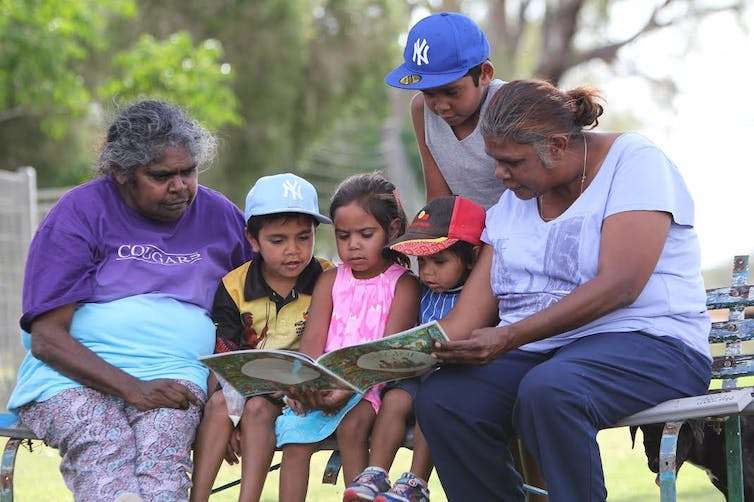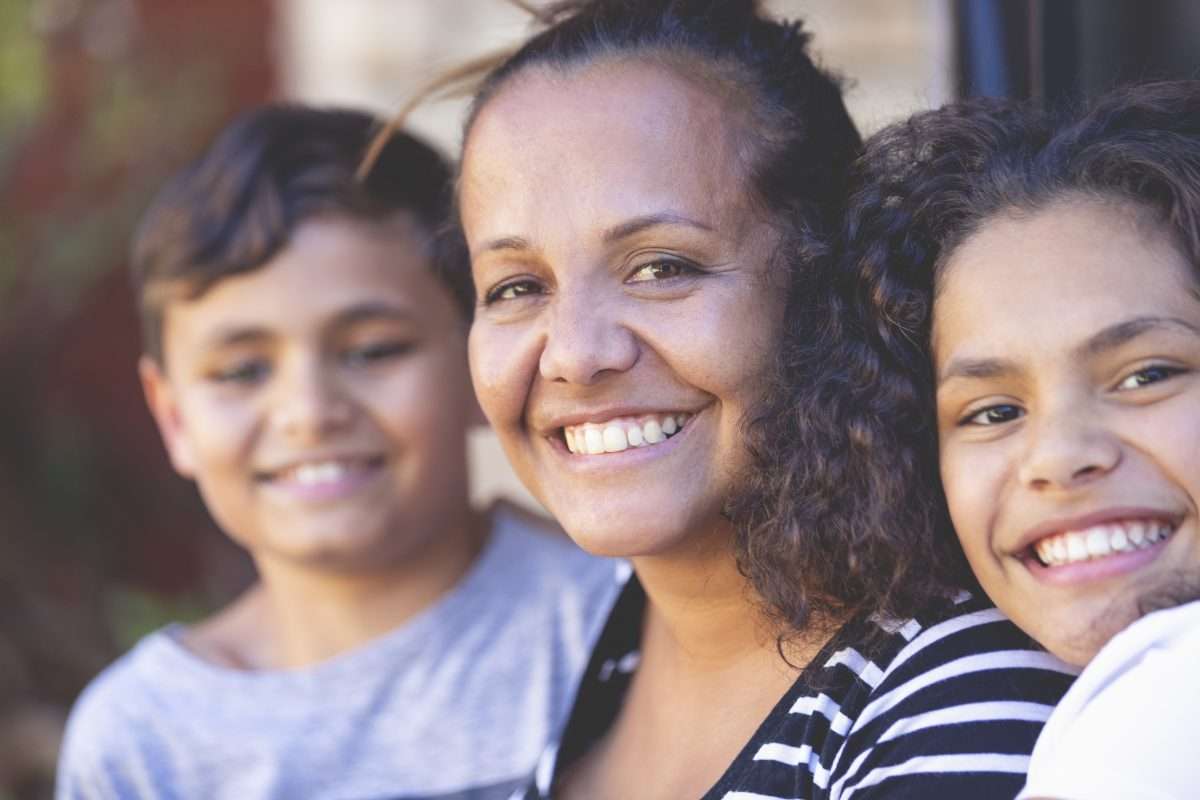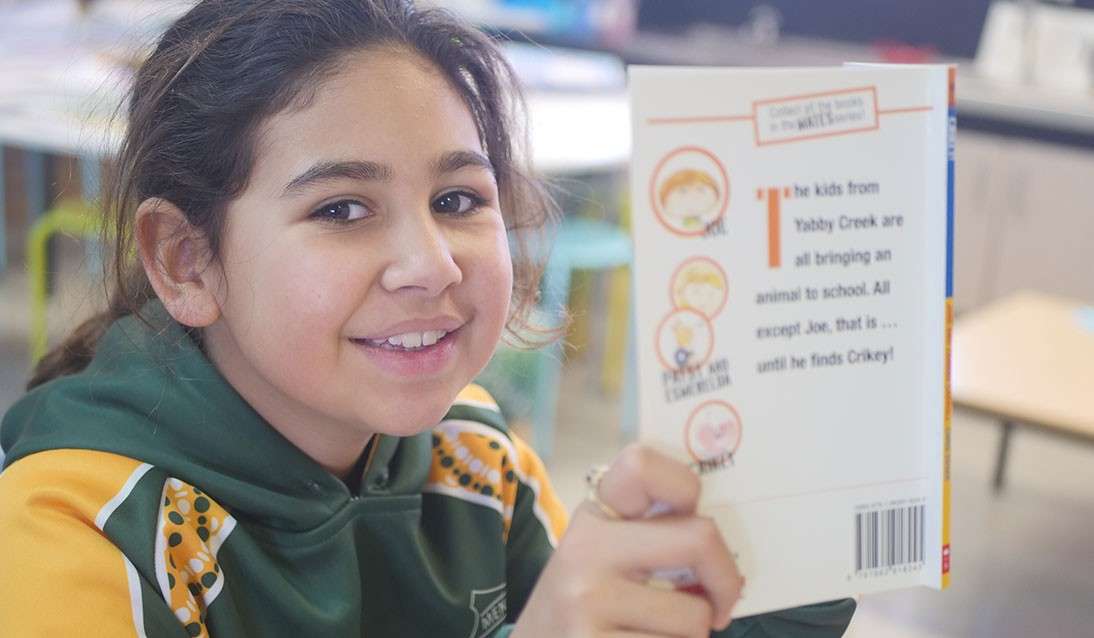What Is Indigenous Literacy Day: Australia’s Indigenous Literacy Foundation holds Indigenous Literacy Day every year on September 7. This event shows how committed the Foundation is to improving the prospects and quality of life for Indigenous Australians through targeted literacy programs. Their method puts the valuable knowledge and history of Indigenous peoples ahead of regular literacy programs.
Indigenous Australians know a lot about their land, traditions, and groups. This kind of “literacy” may not fit with how people in the West think about it. Literacy needs to be rethought in light of what the community wants in order to encourage creativity while also protecting traditional heritage. Indigenous Literacy Day honors Indigenous opinions and their important role in public life. It also strongly supports Indigenous peoples’ right to learn in their languages.
Literacy is important for kids to have better opportunities because it helps them understand and explore their world. Imagine a world where books don’t have the power to change things—a life where reading isn’t magic. You might want to read books that have nothing to do with where you live, your neighborhood, or your culture. Kids in remote parts of Australia often don’t have many reading choices because there aren’t many books available or there aren’t many books with unusual cultural views. This lack has a big effect on the health and happiness of First Australians, and the fact that few of them can read shows how badly they need help and resources right away.

What is Indigenous Literacy Day?
Indigenous Literacy Day is held every year on the first Wednesday of September to bring attention to the problems that Australia’s First Nations people face in school.
Literacy is important for understanding what you read, watch, or hear, as well as for knowing context and comprehension. Children who miss this important step in their reading development could have problems for a long time.
The lack of infrastructure like libraries and bookstores in many remote Australian towns makes it very hard to get reading materials, which hurts the chances of Indigenous children doing well in school.
Book Buzz, Book Supply, and Community Publishing Projects are three important projects run by the Indigenous Literacy Foundation (ILF) that make sure people can get good materials. Some of these attempts are giving out books in native languages, publishing stories from communities, and helping families and communities take charge of the whole process. This method makes sure that residents and elders keep their authenticity, ownership, and guidance throughout the project.
How do we celebrate Indigenous Literacy Day?
Indigenous Literacy Day is a time for schools and other places that teach to share language and stories. Parents and teachers who sign up for the event will get ILF coloring pages as well as teaching tools. These resources help students learn while they plan and set up their Indigenous Literacy Day party.
There are many ways to help the Foundation do its important job in Indigenous communities that are far away. Check out the activities of the Indigenous Literacy Foundation (ILF) to learn more about the group and its goal of “opening doors through reading.”
The event for Indigenous Literacy Day this year is split into two parts. At 10:30 a.m., a 15-minute movie will be shown as part of the event. After that, there will be a live stream from the Sydney Opera House for 45 minutes. People who come can watch the movie in its entirety, stay for the whole event, or watch parts of the video to fit their class schedules. The link will work until the end of Term 4.
The Sydney Opera House website has tools that teachers can use to improve their lessons on Indigenous Literacy Day.
HISTORY OF INDIGENOUS LITERACY DAY
The key to a better future is reading and writing. For kids, this is the first step in helping them understand their surroundings and gain meaning. Think about a world where reading isn’t fun and where you can’t get ideas and information from books. Just imagine that the books you’re reading don’t reflect your society, the people you know, or the place where you live. This is like what kids in small towns in Australia have to deal with when they try to read. They only have two choices: read books with strange cultural views or not read anything at all. The well-being of First Australian villages is severely affected by low literacy rates and a lack of resources.
With the right time, place, and tools, kids, parents, and grandparents can encourage a love of reading. This day is for Indigenous people who live in country Australia and want to give them books and other tools to help them learn to read and write. It gives Australia’s aboriginal people a chance to change literacy by creating traditional meaning and purpose for it.
Good tools are being made available to Indigenous children to help them do well in life. Which resources are they? There are libraries, publications in the native language, efforts to print in the community, and more. Helping Indigenous people take charge of and be responsible for their literacy journeys is now more important than ever.
The books that Aboriginal and Torres Strait Islander kids read should teach them about their languages and cultures. Children’s stories should show things about the kids themselves. Celebrate Indigenous Literacy Day every year to keep Indigenous languages and cultures alive and to boost Indigenous pride.
HOW TO OBSERVE INDIGENOUS LITERACY DAY
Take an active role:
You can help the group by volunteering your time or looking into possible ways to connect with it. Each contribution has value and is taken into account.
Help through gifts to charities and lobbying:
Think about giving money to the cause as a gift. Your donation helps us get more resources and fight for fair access to reading.
Make people more aware:
Talk about this day to start. To make changes that last, you must first become aware. Share information on social networks and get in touch with schools or libraries in the area to find out how they can help with this project.
WHY INDIGENOUS LITERACY DAY IS IMPORTANT
Making the world more fair and welcoming:
The goal of Indigenous Literacy Day is to make the world a place where everyone can get the same chances. Everyone should be able to get a good education and be encouraged to love learning.
Boosting the pride of Indigenous peoples:
Today is both an occasion to honor ethnic pride and also a day to honor schooling. In groups that have been left out in the past, it could give them pride and a sense of connection.
Bring together the past and the future:
Indigenous Literacy Day celebrates the intelligence and skill of people who lived in the past. On this day, building sustainable plans and learning from the past’s valuable lessons come together.

What is the theme of literacy Day 2023?
World Computer Literacy Day 2023 — A bridge over the digital divide.
Literacy Day 2023 will be celebrated all over the world, in regions, across the country, and in communities. For this worldwide event, the theme is “Promoting literacy for a world in transition: Building the foundation for sustainable and peaceful societies.” As part of the event, a conference will be held in Paris, France, on September 8, 2023, both in person and online. The UNESCO International Literacy Prizes presentation will take place at this event. The prizes will be given to projects that have been especially good this year.
Over 770 million people around the world need to be educated, which means they can’t read or write in at least one language, according to UNESCO. A lot of these people are women; more than half of the adults in this group are women. Africa has a lot of countries with literacy rates lower than 45%. Most of these are poor countries. These places often have problems with poverty and ignorance that are linked because public schools aren’t getting enough money. The UNESCO Global Education Monitoring report stresses how important it is for countries to do more to make sure that all children get a good education. This shows how important it is to look at the school system as a whole if we want to get rid of illiteracy.
What is the aim of literacy Day?
Since 1967, International Literacy Day (ILD) celebrations have taken place annually around the world to remind the public of the importance of literacy as a matter of dignity and human rights, and to advance the literacy agenda towards a more literate and sustainable society.
This day was first observed by the United Nations Educational, Scientific, and Cultural Organization (UNESCO). Reading is not a privilege; it is a basic human right that everyone must have in order to live a decent life.
The goal of this worldwide holiday is to encourage people all over the world to read. UNESCO says that in 2020, about 760 million adults and young people did not know how to read or write. The historical importance of today makes its importance clear.
The World Conference of Ministers of Education on the Eradication of Illiteracy in Tehran, Iran, in 1965 gave us the idea for International Literacy Day. This important meeting laid the groundwork for a day that will promote reading all over the world.
What is the slogan for Literacy Day 2023?
According to UNESCO, the theme of International Literacy Day 2023 is “Promoting Literacy for a World in Transition: Building the Foundation for Sustainable and Peaceful Societies.”
On September 8, people all over the world enjoy World Literacy Day, which is marked by speeches, slogans, and poems that stress how important it is to be able to read and write. This event raises awareness of how reading can help people grow, society moves forward, and the world economy grows. It backs up the idea that learning to read and write is not only a basic human right but also a powerful way to break free from poverty and unfairness. On this day, people, groups, and governments are encouraged to support efforts to improve literacy, make education more accessible, and encourage a love of reading in order to make society more fair and informed.
World Literacy Day is a time to stress how important reading and writing are for overall growth.
On April 10, 2023, we will celebrate Literacy Day by focusing on ways to speed up the success of Sustainable Development Goal 4 (SDG 4): education. We will also talk about how important literacy is for creating fair, peaceful, welcoming, and long-lasting societies.
On September 8, 2023, in Paris, France, there will be a summit to end this year’s foreign celebrations. The UNESCO International Literacy Prizes will be given out during the ceremony. These prizes are given to recognize great work in the area.
What is the slogan of world Literacy Day 2023?
UNESCO will celebrate International Literacy Day (ILD) on 8 September 2023 under the theme ‘Promoting literacy for a world in transition: Building the foundation for sustainable and peaceful societies’.
International Literacy Day (ILD) will be held on September 8, 2023, and the theme for that year is “Promoting literacy for a world in transition: Building the foundation for sustainable and peaceful communities.”
UNESCO says that 770 million people around the world are uneducated, which means they can’t read or write in any language. Most of them are women, and about half of them are older women.
A lot of African countries have reading rates lower than 45 percent because their public schools aren’t good enough and they are poor. In order to fight illiteracy, UNESCO’s Global Education Monitoring report urges governments to take on more responsibility for offering a complete education and to see the school system as a single, unified entity.
The idea for International Literacy Day came from a statement made by UNESCO at its 14th General Conference in 1966. This day, which was first observed in 1967, brings attention to how important reading is for making countries smarter and wealthier.
Who introduced Literacy Day?
International Literacy Day was established by the United Nations Educational, Scientific and Cultural Organization (UNESCO) in 1966. The very first International Literacy Day was celebrated on September 8th, 1967.
This day has been named International Literacy Day or World Literacy Day by UNESCO to bring attention to how important it is for people all over the world to be able to read and write. The point is to stress how important these skills are and how hard people are working to raise literacy numbers all the time.
Literacy is still a big problem, even though there have been efforts to improve it for more than 50 years. This is especially true in weak, disadvantaged, or underdeveloped parts of the world, even in some rich countries. International Literacy Day aims to make a huge difference in people’s lives by getting more people to read and write by bringing attention to the problem and pushing others to take part.
One of the most important parts of the UN’s Sustainable Development Agenda for 2030 and beyond is improving literacy. Because governments know that literacy is important for long-term growth, they work hard to make sure that their people can read and write. This is good for the world and for their own countries.
Reading and writing skills are now directly linked to lower poverty rates, better socioeconomic status, slower population growth, lower rates of death among mothers and babies, and long-term equality between men and women.
Several governments around the world have realized that improving children’s reading and writing skills will have a big positive effect on their future health and the health of their families. Reading street signs, filling out the right forms, and keeping up to date on the news or online sources are all basic tasks that can only be done with literacy. This makes it harder for people to succeed and deal with the problems they face in life.

Since 1966, the United Nations Educational, Scientific, and Cultural Organization (UNESCO) has named September 8 as International Literacy Day to raise awareness of the importance of literacy. There is always work being done to raise the learning rate around the world.
Literacy is still a big problem, even after more than 50 years of trying all the time. This is especially true in places that are poor, defenseless, and disadvantaged, like developed countries. International Literacy Day continues to bring attention to the issue and urge people to take part in order to improve literacy rates and, in the end, change lives.
A big part of the UN’s 2030 Sustainable Development Agenda is making sure everyone can read and write. Countries try to make sure that their citizens can read and write because they know that educated people are important for long-term growth. This helps both individuals and the global community.



